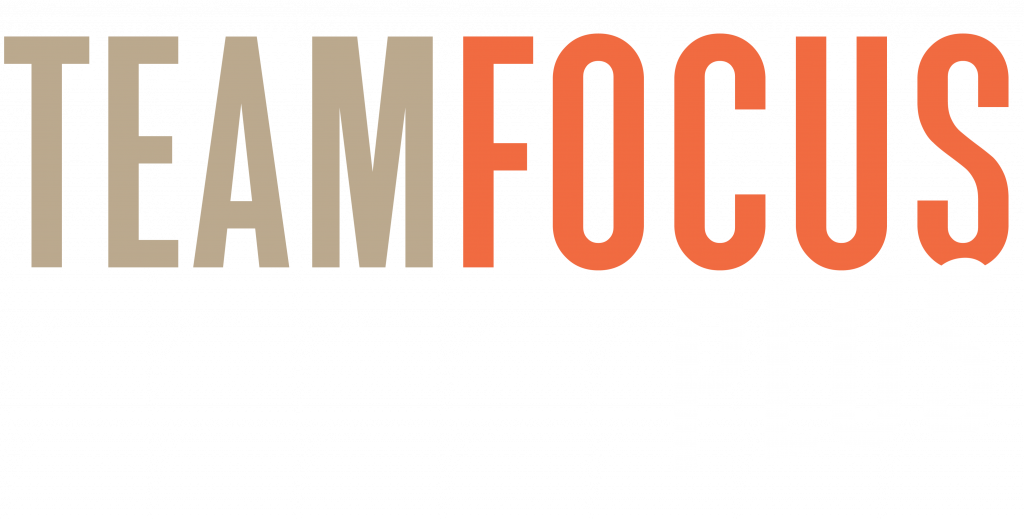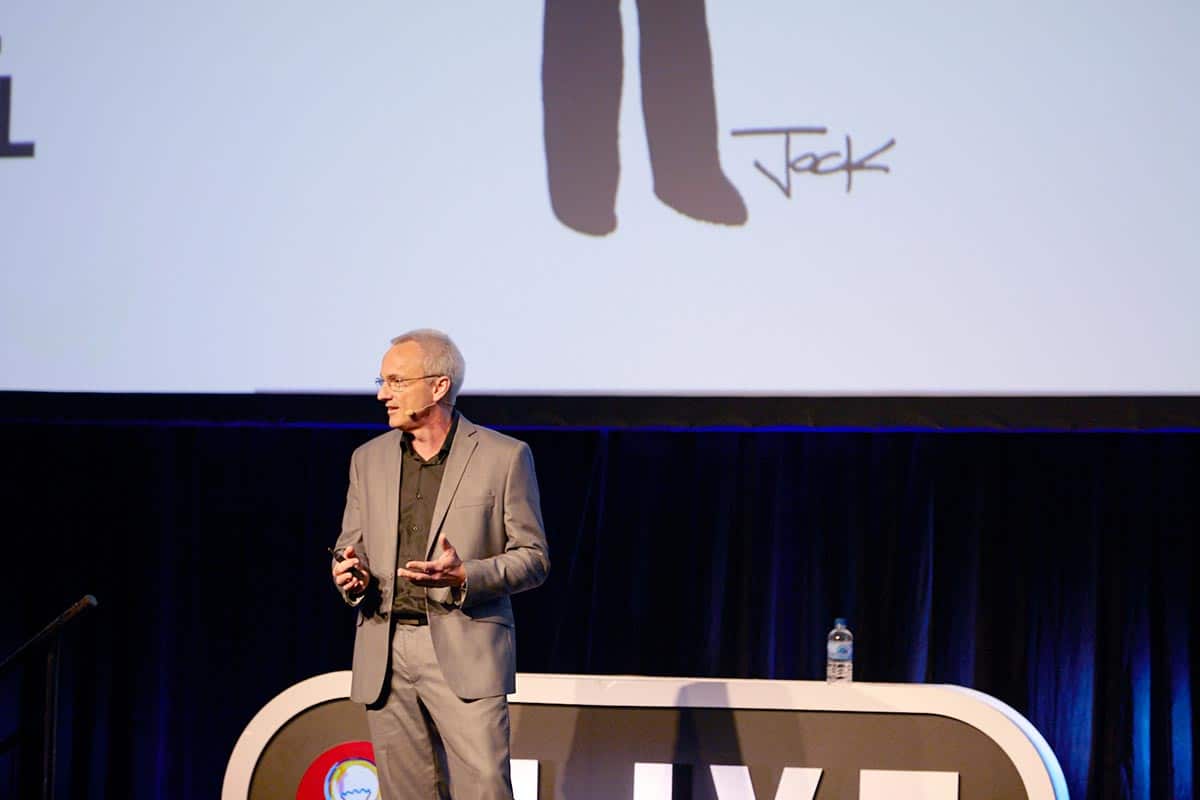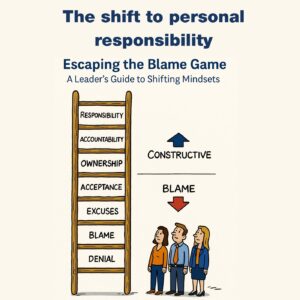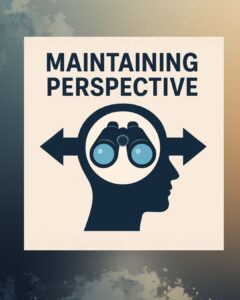Building Culture in Retail: Lessons from Inside Retail Live
Two weeks ago, I had the pleasure of speaking at Inside Retail Live in Melbourne—a fantastic opportunity to explore the latest trends and challenges in the retail sector. The event reinforced just how competitive and fast-changing the industry has become. Technology, innovation, and shifting customer expectations are reshaping the retail landscape every day.
Innovation Meets Culture for Customer Experience
Some of the most memorable presentations showcased how far innovation is going to improve culture for customer experience. I saw a coffee-making robot from Seattle and learned about a Chinese company pioneering drone deliveries. These developments highlight the industry’s ongoing evolution to serve customers faster, smarter, and more creatively.
But alongside these exciting advances, the retail sector is facing real challenges. Over the past year, store closures have hit record levels—yet there have also been record openings. The companies that survive and thrive in this environment tend to fall into one of two categories:
Those with a strong, clearly defined brand promise supported by a powerful retail workplace culture.
Those agile enough to create new, memorable retail experiences for customers.
Retail Leadership and Culture: The Competitive Edge
Culture isn’t just an HR buzzword—it’s the foundation of success in retail. The brands delivering exceptional results are the ones where retail leadership and culture are working hand in hand. Leaders set the tone, empower employees, and keep the culture aligned with strategy and brand promise.
In many cases, the best retail innovations have started as small ideas from one or two team members. A culture that encourages creativity and engagement allows those ideas to grow into store-wide or even company-wide transformations. That’s employee engagement in retail at its best—when every team member feels empowered to contribute to the customer experience.
Defining Culture for Retail Success
When working with clients, I often recommend choosing a single word to define the culture they want to build. This simple clarity makes it easier for store leaders to discuss and reinforce cultural values daily.
It’s easy to assume every retail culture should be “customer-focused,” but the reality is more nuanced. For example, years ago I worked with a retailer operating in high-speed environments like train stations and airports. Their customers were in a rush, often grabbing a quick item before boarding. Instead of aiming for a warm, extended customer interaction, they built a responsive culture—valuing speed and efficiency above all else.
By choosing “responsive” as their cultural cornerstone, store managers could have focused, relevant conversations with their teams. Over time, they aligned their strategies with responsiveness, helping the business grow significantly and scale into new markets.
Retail Industry Culture Tips for the Future
In today’s climate, building culture in retail isn’t optional—it’s essential. The process starts with understanding your purpose, strategy, and brand promise, then defining a culture that supports them. Whether that’s “responsive,” “innovative,” “quality-focused,” or something else, it must be deliberate and consistently reinforced.
Positive culture in retail stores fuels better employee engagement, increases customer loyalty, and drives long-term profitability. In short, if you get the culture right, everything else—from sales to service—gets easier.





